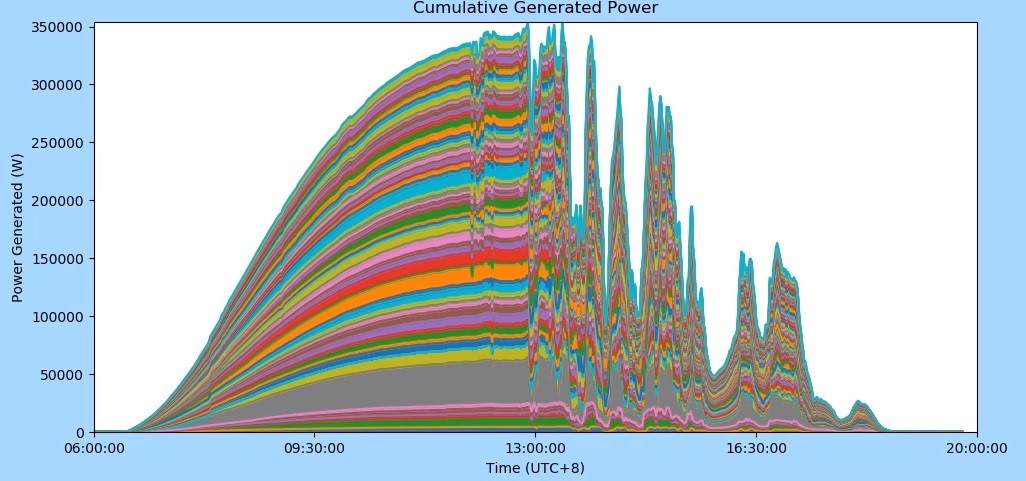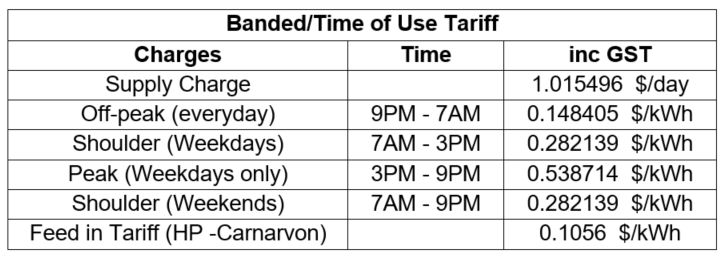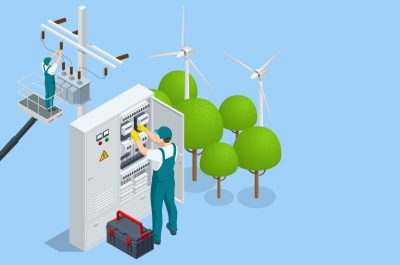WA trials broaden horizon for microgrids
Typically, Horizon Power’s portfolio of systems are relatively small and geographically isolated microgrids.
Renewable energy generation is growing to become one of the largest generators on many of these microgrids, which presents increasing risk in the form of renewable energy variability.
The Carnarvon microgrid trials, started in 2018, work to address these challenges by exploring options to better integrate distributed energy resources (DERs) in regional and remote community microgrids. The intent is to provide data driven understanding of the impact of weather, particularly cloud events, on the power system and how to leverage visibility and control of DERs to manage the potential of high DER penetration.
The trials gather PV system performance, power station supervisory control and data acquisition (SCADA), advanced metering and meteorological data to assess the impact of solar variability on the network and the power station and re-assess hosting capacity calculation methodology.
Weather Impact on Solar Generation
82 participants with PV systems in Carnarvon in Western Australia took part in the trials. The PV power output on these 82 premises were metered separately to gather data about the true loads that have been masked by PV for over a decade. The use of the Wattwatchers monitoring devices and the Solar Analytics smart monitors provided customers with insights, giving them better understanding of energy efficiency and opportunities to manage their power use.
Data collected from these customers’ PV systems was also used to understand the impact of weather on the solar PV generation.
The figure below shows the data from the PV systems of the trial participants, which represent about 3 MW of PV currently connected to the Carnarvon network. Each colour represents the PV solar system output of one system.
Figure 1. The power generated by the trial participants’ PV system in one day (Source: Horizon Power’s DER Trials)
As can be seen, the data shows how the PV generation is impacted significantly by cloud events on a typical cloudy day. These sudden changes in the solar generation negatively impact the network voltage and hence stability of the grid. To mitigate these impacts, the PV systems’ outputs need to be managed in a way that preserves the stability of the network.
DER Control and Visibility
The trials installed ten new PV/Battery systems and upgraded six existing customer PV systems to include a battery and a Reposit Box. Customers were given access to the Reposit App showing the performance of their system, battery usage and energy savings. A commercial solar farm also received a partial upgrade so the trials could control a portion of its capacity.
The trials used the Reposit Virtual Power Plant (VPP) platform on these 17 DER systems to learn how to, among other things, manage the amount of renewable energy flowing into the network at key times of the day. The aim was to limit the amount of energy exported from managed systems onto the network but not limit the ability of customers to meet their own energy requirements.
Using the Reposit Box, the trials have been testing visibility and control of PV and energy storage to explore VPP features that can use DER to assist power quality. The trials are developing feed-in management techniques and principles of operation that preserve value for customers. They are also testing battery optimisation and innovative tariff models, with methods to exchange value with customers for DER activity that does not pass through the tariff meter. This can include discharging a battery during the peak demand period, which is entirely consumed behind the meter, and therefore remains invisible to the retailer.
The figure below demonstrates the hypothetical role of feed-in management in limiting the power exported into the network from PV systems during peak PV generation period. A temporary percentage limit is applied to all feed-in manageable systems to limit the power exported back into the network, therefore preventing reverse power or power quality issues. This can provide network operators with the flexibility to control the network voltage during peak solar generation periods and provide customers with benefits as they can either charge their batteries (if they have one) or increase their load to during feed-in management time.
Figure 2. Power generated from: Unmanaged PV systems (left) and managed PV systems (right) (Source: Horizon Power DER Trials)
As part of the trials, the Synergy’s Time-of-Use (ToU) tariff pricing was applied to the Reposit Box of one customer system. During this experiment the customers made no changes to their electricity usage patterns.
Table 1. Time-of-Use (ToU) tariff used in the trial (Source: Horizon Power)
The Reposit Box was allowed to control the battery charge and discharge and pre-charge the battery before 7:00am if it estimated the solar PV would not provide enough energy to charge for the peak period usage. It makes this decision by using machine learning of the customer’s daily usage patterns and PV production and the application of a weather forecast signal from Reposit.
Once the battery has sufficient charge for the estimated peak period usage, the Reposit Box then discharges it to match demand during the peak period.
Using this approach, the customer’s peak time network load was reduced by 64 per cent, the network average peak load was reduced by 67 per cent and delivered a customer bill saving of 36 per cent.
It is the combination of smart DER technology and the right pricing signals that Horizon hopes can create value for the customer and the network assets.
To date, the trials have enabled Horizon to develop a framework for complex power system analysis using software PowerFactory and data analytics, as well as working with Murdoch University to develop feed-in management strategies.
The outcomes of the trials will assist in building core competencies in the management of DER via VPPs within a microgrid setting and creating a customer-centric approach to DER orchestration.
The final report outlining the results of the trials is expected to be published in the first quarter of 2021.
For more information on the project see Horizon Power Carnarvon Distributed Energy Resources (DER) trials.
For the recent update on the trials see Carnarvon DER trials update.





